The oldest known case of dandruff has been identified in a small feathered dinosaur that roamed the Earth about 125m years ago.
Paleontologists found tiny flakes of fossilised skin on a crow-sized microraptor, a meat-eating dinosaur that had wings on all four of its limbs.
Tests on two other feathered dinosaurs, namely beipiaosaurus and sinornithosaurus, and a primitive bird known as confuciusornis, also revealed pieces of fossilised dandruff on the animals’ bodies.
The prehistoric skin flakes are the only evidence scientists have of how dinosaurs shed their skin. The material shows that rather than losing their outer layer in one piece, or in large sheets, as is common with modern reptiles, the feathered dinosaurs adapted to shed their skin in tiny flakes.

“This is the only fossil dandruff known,” said Maria McNamara, who worked on the dinosaur fossils at University College Cork. “Until now we’ve had no evidence for how dinosaurs shed their skin.”
Images of the dandruff taken with a powerful electron microscope show that the material is extremely well-preserved and is almost identical to that found on modern birds. Like human dandruff, the skin flakes are made of tough cells called corneocytes that are full of the protein keratin.
The work, published in Nature Communications, suggests that dinosaurs who sported feathers evolved skin to cope with their plumage as far back as the middle Jurassic. “Even though they are in the early stages of feather evolution, they have already adapted their skin to this more modern structure,” McNamara said.
The fossilised remains of all of the animals studied were recovered from rock formations in north-eastern China. At 2m long, beipiaosaurus and sinornithosaurus grew to more than twice the size of microraptor.
Modern birds have very fatty corneocytes that are loosely packed with keratin, a feature which helps the birds lose heat from the exertion of flying. McNamara found that the dinosaur dandruff cells lacked such fat, suggesting that the animals did not get as warm as modern birds, perhaps because they could not fly far, or failed to get airborne at all.
Many dinosaurs that sported feathers were not competent fliers. Instead, their plumage served other purposes: to keep them warm, provide camouflage, and perhaps attract members of the opposite sex with multicoloured displays.

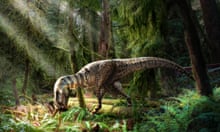



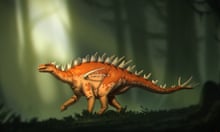
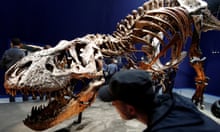


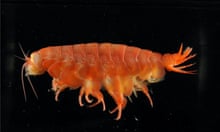
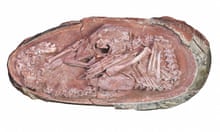
Comments (…)
Sign in or create your Guardian account to join the discussion